A Guide to Non-Commodity Charges
Updated: October 27, 2025
If you’ve ever looked closely at your business energy bill and felt puzzled by the extra charges that aren’t linked to how much energy you’ve actually used, you’re not alone. These are known as non-commodity charges – also sometimes referred to as third-party charges – and they can make up over 60% of your total electricity bill.
But what are non-commodity charges? And how can your business better understand and manage them?
What are Non-Commodity Charges?
Non-commodity charges are the additional costs added to your energy bill that are not related to the actual energy (commodity) you consume. Instead, they cover the infrastructure, policy, and regulatory costs involved in delivering power to your business.
Think of it this way – you’re not just paying for the energy itself, but also for how it gets to you and for supporting the UK’s broader energy goals, like decarbonisation and grid reliability.
Where can I find Non-Commodity Charges on my bill?
Non-commodity charges usually appear as separate line items on your energy bill. Depending on your supplier, these might be labelled differently, but commonly you’ll see terms like:
- Third-party costs
- Network charges
- Levies and taxes
- Policy costs
If you’re unsure where to look, our team at GEAB can provide a detailed bill breakdown and validation, ensuring complete transparency of what you’re being charged and why.
What do Non-Commodity Charges include?
Here’s a breakdown of some of the most common non-commodity charges:
- Network Charges
These cover the cost of maintaining the infrastructure that delivers electricity to your premises:
- Transmission Use of System (TNUoS)
- Distribution Use of System (DUoS)
- Government Levies and Taxes
These are designed to fund policy initiatives and environmental goals:
- Climate Change Levy (CCL)
- Renewables Obligation (RO)
- Feed-in Tariff (FiT)
- Contracts for Difference (CfD)
- Nuclear Regulated Asset Base (RAB) (coming November 2025)
- System Balancing Costs
To maintain a reliable supply, National Grid incurs costs to balance the system:
- Balancing Services Use of System (BSUoS)
Why do Non-Commodity Charges matter to my business?
Non-commodity charges aren’t fixed – they change over time, and some can increase year-on-year due to:
- Government policy shifts
- Infrastructure investments
- Increased support for renewable generation
For businesses, this means that even if your energy usage stays the same, your overall costs can still go up.
What can my business do about it?
At GEAB, we work with businesses to help them understand, manage, and reduce the impact of non-commodity charges. Here’s how:
Procurement Strategy
Secure contracts at the right time to lock in favourable rates before new charges (like the Nuclear RAB) are introduced – you could be avoiding charges for years to come.
Bill Analysis & Transparency
We break down your bill, showing exactly what you’re paying for – including every non-commodity component.
Energy Efficiency Planning
Reduce your overall consumption and exposure to rising third-party costs through tailored energy-saving measures.
Budget Forecasting
We help you plan for future changes in non-commodity charges, so you’re never caught off guard.
As non-commodity charges become a bigger part of your energy bill, understanding them is no longer optional – it’s essential for controlling your business costs.
If you’d like a clear breakdown of your current energy charges or advice on how to futureproof your energy costs, our expert team at GEAB is here to help.
📞 Call us today on 0191 303 7750 or Request a Quote and let’s see how we can support your business through the evolving energy landscape.
